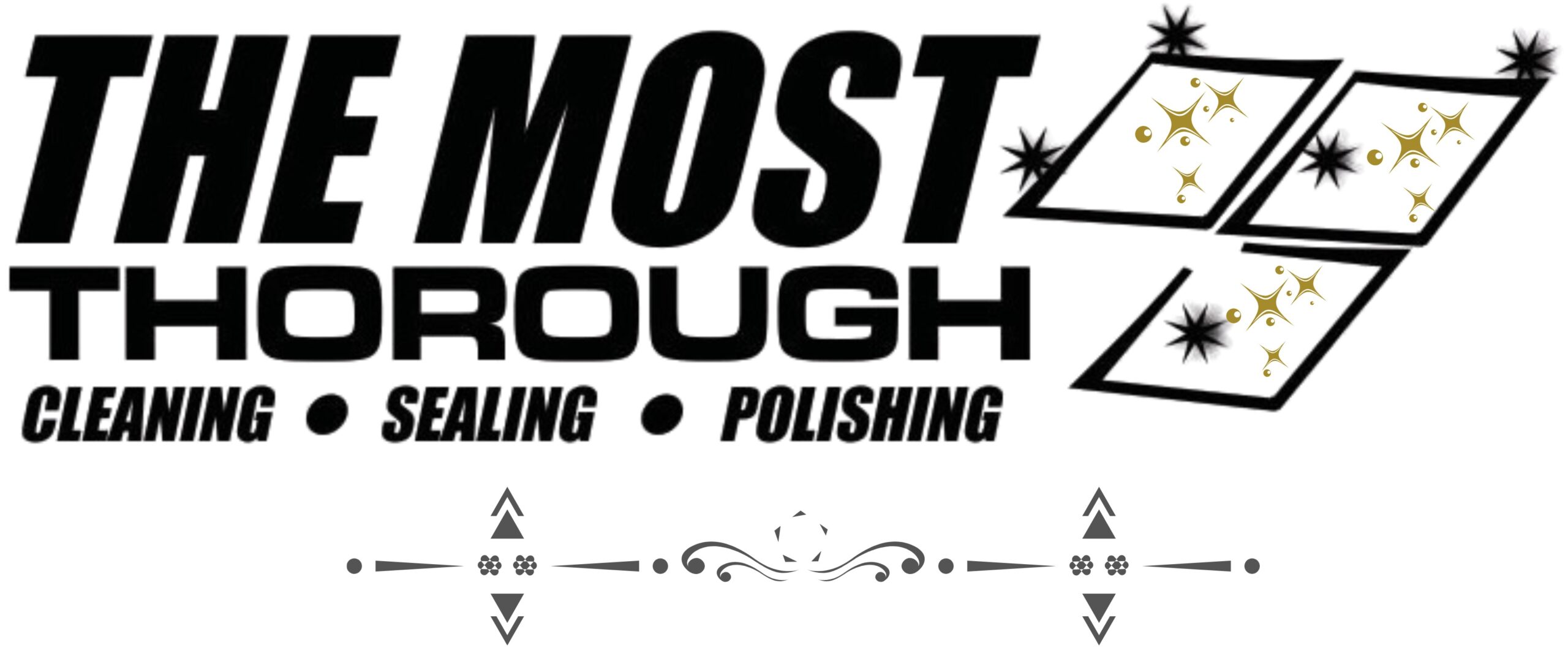Antistatic
A carpet’s ability to dissipate an electrostatic charge before it reaches a level that a person can feel.
Backing
The fabric and yarns that make up the side of the carpet that lays next to the floor. In tufted carpets there are two types of backing.Primary backing a woven or non-woven fabric through which the yarn is inserted by the tufting needles.Secondary backing Fabric that is laminated to the back of the carpet to reinforce it.
Binding
A special stitch, band, or strip sewn over a carpet edge to protect and/or decorate it.
Bulked Continuous Filament (BCF)
Strands of synthetic fiber (such as nylon or olefin) that have been formed into bundles of yarn. The fibers have undergone a texturizing procedure that makes the formerly straight filaments either kinked or curled.
Cable
Carpet with casual cut pile construction featuring chunky tufts and long pile height.
Cushion
The material placed under a carpet for softness and support. It helps reduce noise, increase insulation benefits, and contributes to a softer feel underfoot. Purchasing an incorrect type of cushion may invalidate your warranty. Also known as padding or underlay.
Density
This describes the amount of fiber or yarn in a carpet and how close the tufts of fiber are to each other. In general, the denser the pile, the better the performance.
Fluffing
Loose fiber fragments remaining from the manufacturing process that appear on a carpet surface. This condition is remedied by vacuuming and carpet use. Also known as “fuzzing” or “shedding”.
Frieze
Tightly curled or twisted yarn that gives carpet a textured appearance good for hiding footprints. Pronounced free-zay.
Fuzzing
Occurs when fibers from the carpet slip out of the yarn with use or sometimes after wet cleaning.
Gauge
The distance between two needle points in knitted or tufted carpet. It is usually expressed in fractions of an inch.
Heat setting
A process that sets the twist in a carpet pile with heat or steam. This process allows fibers to hold their twist over time, allowing them to bounce back with great resilience whenever they are stepped on.
Pile
The visible surface of a carpet, consisting of yarn or fiber tufts in loops that can be either cut or uncut. Also known as the “face” or “nap” of a carpet.
Resilience
The ability of carpet pile or cushion to recover its original appearance and thickness after continued use.
Seams
The line formed by joining two pieces of carpet. The pieces can be sewn together, or fastened with various seaming tapes or other adhesives.
Shading
A change in the appearance of a carpet due to distortions in the orientation of fibers, tufts or loops that make up the carpet pile. This is not an actual change in the color of the carpet, but a difference in light reflection.
Soil retardant
A chemical finish applied to carpet fibers or surfaces that inhibits the attachment of soil.
Sprouting
The raising up of an individual tuft or fiber above the level of the pile. These may be cut with scissors.
Tuft bind
The force required to pull a tuft from a carpet.
Tufted
A method of manufacturing carpet. Tufts of fiber are inserted through a carpet backing to create a pile of cut and/or loop ends.
Underlay
The cushion or padding that lays underneath rugs.
